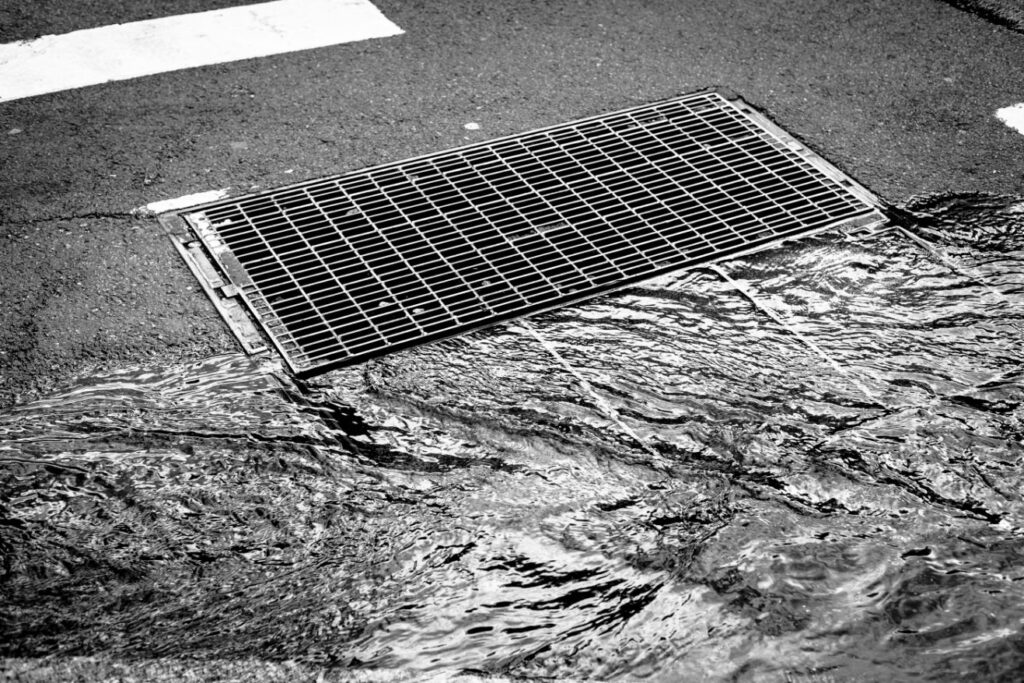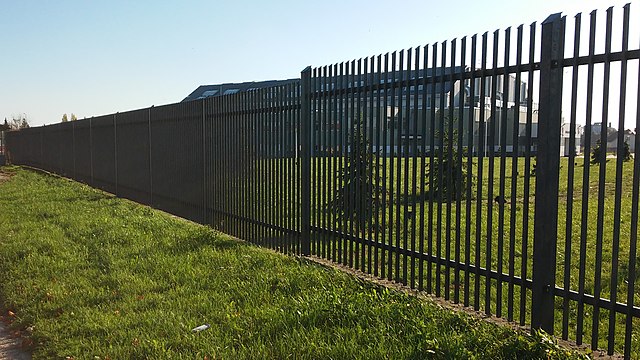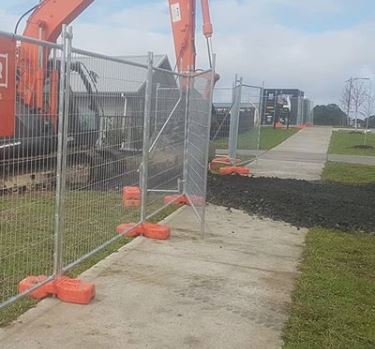
Stormwater runoff travels along the ground surface and over pavement, picking up sediment and other contaminants as it goes. A well-designed surface water runoff collection and drainage system will funnel runoff from relatively large areas into individual collection points such as inlets and drains that direct the concentrated flows into transit structures such as storm sewers or underground storage tanks.
Siltsack is the simple and economical solution to prevent clogging of catch basins. It’s a cost-effective, easy way to stop silt and sediment from entering catch basins on construction sites.


Because surface water runoff contains suspended soil particles and other impurities, it often needs to be filtered before its eventual final discharge into a natural body of water. These filters are designed to capture, absorb, and otherwise remove the contaminants from the surface water to make it clean enough to meet permitted discharge water standards. Inlet protection devices are designed to perform this filtration. These can be temporary measures, such as those typically used on construction sites where the ground surface has been disturbed and bare soil susceptible to large amounts of erosion has been exposed. These temporary measures are put in place until the construction effort has been completed and then removed.
Siltsack is a sediment control device used to prevent silt and sediment from entering your drainage system by catching the silt and sediment while allowing water to pass through freely. Siltsack can be used as a primary or secondary sediment control device to prevent failure of your drainage system due to clogging. It must be maintained on a regular basis to function properly.
These specific traps and filters are only a small part of the overall erosion and sedimentation control plan for any site. Proper vegetative ground cover, carefully designed runoff flow patterns, diversion and storage structures, and emergency overflow devices that safely handle excessive flows from storms that are larger than the design storm are all required for a complete surface water runoff control plan. Furthermore, each type of site (park lands and greenspaces, campuses, commercial and business parks, residential housing developments, shopping centers and big box stores, etc.) will require different kinds of sedimentation and erosion controls.
Routine Inspection of the SILTSACK®’s collected sediment level is important to prevent over-flow of silt and sediment. SILTSACK® should be inspected every 2-3 weeks and after every major storm. The yellow restraint cord should be visible at all times. If the cord is covered with sediment, the SILTSACK® should be emptied.
Design and construction are not the end of it. Even the best designed and built erosion and sedimentation management system requires appropriate maintenance. The long-term clogging of filtration systems is an ever-present problem, which can be avoided by regular and frequent cleaning or replacement. Time and money will have to be budgeted for what is typically a manual operation. Monitoring of a system’s effectiveness will also have to be performed long after construction is completed. This can involve the use of continuous monitoring devices as well as regular sampling and testing of effluent.
What standards does a site’s erosion and sedimentation control system have to meet? What regulations govern their design, construction, and operation? Man-made discharges to natural bodies of water are governed by the requirements of the National Pollutant Discharge Elimination System (NPDES).
As with most environmental regulatory programs, the federal EPA establishes standards and requirements, and in most cases the state environmental agencies perform enforcement and can mandate standards that are stricter than those of the federal government. The NPDES program governs non-agricultural sources of concentrated (point-source) and nonpoint-source surface water discharge into US bodies of water. It requires those performing the discharge to utilize various control measures, structures, and technologies to intercept and remove sediment and other pollutants from reaching surface waters.
The responsible parties must obtain an NPDES stormwater permit before runoff occurs. Under the permit, stormwater pollution prevention plans (SWPPPs) or permanent stormwater management programs must be implemented that utilize best management practices (BMPs). These BMPs are typically defined in detail by state regulatory agencies and are used to effectively minimize or completely eliminate the discharge of pollutants to surface waters. NPDES permit regulations govern the following types of stormwater discharges:



The SWPPP should describe in detail the types of controls to be installed and constructed, both temporary controls during construction and permanent controls after construction. The description should include other controls such as a spill countermeasures plan, waste management and disposal, and dust control. Maintenance and inspection procedures need to be included, along with methods to manage any non-stormwater discharges.
Lastly, the SWPPP should include a map or set of drawings showing the location and extent of the site, any adjacent natural bodies of water, and where they are receiving the discharge. Further drawings should show drainage flows and watershed boundaries, slopes and flow gradients, undisturbed areas, limits (both horizontally and vertically) of soil disturbance, and locations and types of controls including areas of surface stabilization.
Temporary Erosion Control Measures
At Eastcoast Sitework, we specialize in providing comprehensive erosion control solutions for construction sites and projects. One of our key offerings includes temporary measures for drainage inlet protection, which is vital in preventing sedimentation and maintaining the integrity of the drainage system.
Drainage inlet protection serves as the final defense against sedimentation and is crucial during construction projects. Our range of products, including the SiltSack, ensures that your drainage inlets remain protected from sediment and contaminants until permanent erosion controls are in place.
The SiltSack is a reliable catch basin sediment trap designed to prevent silt, debris, and sediment from entering the drainage system. It allows water to flow freely while trapping unwanted materials, effectively functioning as an inlet sediment trap. Available in both high flow and regular flow configurations, the SiltSack can be tailored to meet your project’s specific needs. We also offer a redesigned version with an attached curb opening deflector to prevent sand and debris from entering through curb openings.
In addition to the SiltSack, we provide other temporary inlet protection devices such as rock and compost bags or filter bags in various sizes and applications. These devices include geotextile bags filled with rocks or compost, as well as mesh bags that act as standalone sediment traps for different types of inlets.
Our range of erosion control products covers everything from building a catch basin, drainage catch basin, concrete catch basin, and plastic catch basin to residential catch basins and storm drains. We also offer solutions for outlet pipes and drain pipes, ensuring a comprehensive approach to sediment and erosion management.
At Eastcoast Sitework, our priority is to help you save time and money on your construction projects by offering dependable and efficient erosion control solutions. With our extensive selection of products, including the SiltSack storm sack, you can trust us to protect your drainage inlets and maintain the integrity of your site throughout the construction process.



